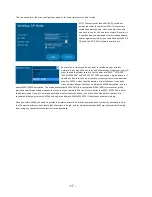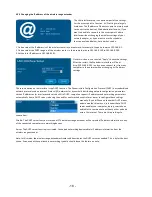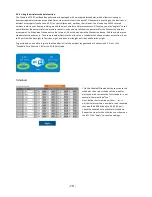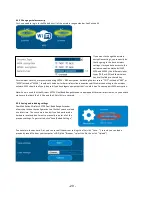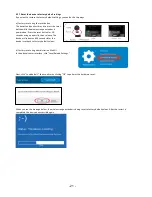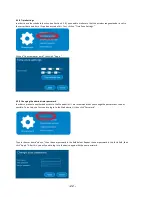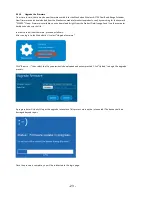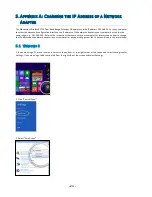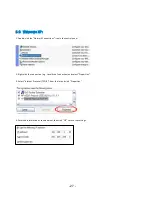
- 12 -
The first thing you need to set up is how
the device connects to the Internet. Three
choices are provided, with Option 2 by far
the most commonly selected. Option 1
should only be used if your Internet access
uses a static IP address, which is quite
common in a business environment but
extremely rare in a home environment.
Option 3 is the obvious choice for DSL-‐
based Internet connections that use PPPoE (Point-‐to-‐Point Protocol over Ethernet). But Option 2 is the right choice for
almost any other type of network, and if you are not sure which one to choose, we recommend that you start with Option
2. The good news is that this option — Automatically obtain an IP address (dynamic IP) — does not have any additional
configuration concerns. Hence, we only need to take a closer look at Options 1 and 3.
Option 1 – Internet service providers offer a fixed IP address (static IP)
Your Internet service provider (or network
administrator) should have provided you with IP
information for you to use. Type in the IP
address, subnet mask, default gateway and at
least one DNS server.
Note: If you are using the Manhattan wireless
range extender in your home network, or in a
hotel while you are traveling, it is very unlikely
that this is the right option for you.
Option 3 – ADSL Dial-‐up (PPPoE)
If your Internet connection is PPPoE-‐based DSL
and requires a user name and password to
connect, then you need to select this option. You
need to provide your DSL user name and
password. The service name is optional. It
depends on your ISP whether or not this is
required.
SSIDS – Setting up the wireless network names
Finally, you need to define how the wireless
networks of the 2.4 GHz and 5 GHz bands are
named, and what type of security is enabled for
them. Recommended over all other options is
”WPA2 Personal,” as it is the most secure.
“WPA/WPA2 Mixed” should only be used if you
have wireless clients that have problems
connecting with the network when “WPA2
Personal” is used. “WPA Personal” is generally
not recommended anymore due to the less than
stellar security it provides.
This concludes the setup of the wireless range extender as a wireless router.

















